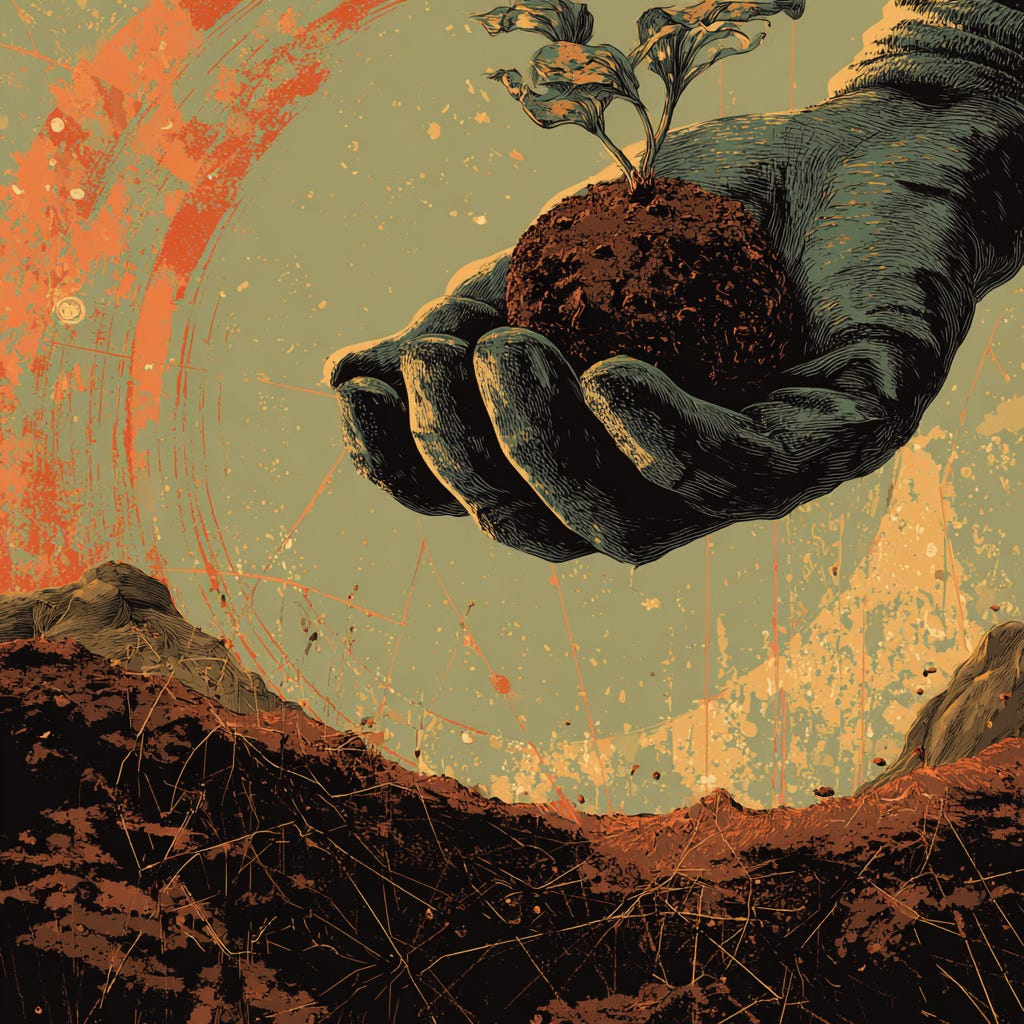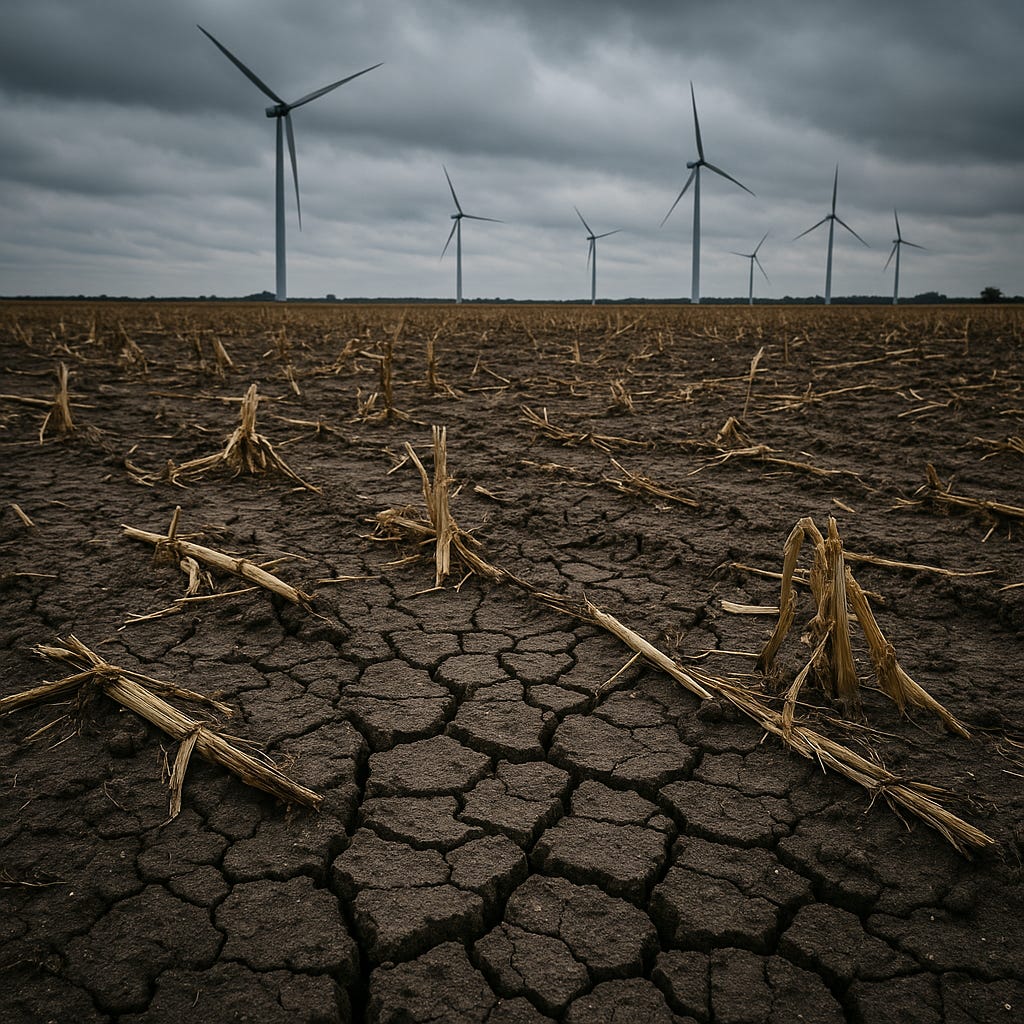Green Tech, Toxic Soil
How the Green Revolution Is Poisoning the Ground Beneath Our Feet
Let me start with a difficult truth: in our rush to save the planet, we might be poisoning it.
A new study published in Environmental Science & Technology by researchers affiliated with the American Association for the Advancement of Science reveals that up to 17% of the world’s croplands are contaminated with heavy metals such as arsenic, cadmium, lead, and nickel. This affects nearly 1.4 billion people, potentially threatening food security and public health worldwide (Science Advances, 2025).
Many of these croplands are adjacent to industrial zones, mining operations—and increasingly—sites linked to the renewable energy supply chain.
The Irony of Our Era
Here’s the irony: we’re trying to stop burning fossil fuels so we can slow climate change, but in the process, we’re fast-tracking another crisis—soil toxicity.
The mining of cobalt in the Democratic Republic of Congo, lithium in South America’s salt flats, and nickel in Indonesia are fueling a surge in heavy metal pollution. This contamination is not only poorly regulated in many regions, but is also accelerating due to rising global demand for electric vehicles and battery storage technologies (Amnesty International, 2023).
We're trading one environmental catastrophe for another—swapping carbon emissions for poisoned croplands.
Soil Isn’t Just Dirt—It’s Life
Soil is not inert. It’s a living system. It digests, breathes, and maintains balance—until overloaded.
Heavy metals disrupt microbial communities, degrade soil structure, and leach into food systems, posing risks such as cancer, kidney disease, and neurological issues (World Health Organization).
This isn’t a hypothetical risk. It’s already playing out in regions where agriculture overlaps with industrial waste and e-waste dumping grounds.
The Case for Regeneration
There is hope—regenerative agriculture offers a path forward.
Practices such as phytoremediation (using plants to absorb contaminants), composting, and biochar amendments can reduce heavy metal concentrations in soil. Mycorrhizal fungi can help immobilize toxic metals, preventing their uptake into plants (FAO Soil Bulletin, 2024).
These aren’t silver bullets, but they are proof that nature holds the blueprint for healing.
The choice we face is clear: double down on extractive solutions, or transition to regenerative ones.
A Call to Wake Up
Let’s be clear—this is not an anti-renewables stance. We need clean energy. But we also need clean soil.
Our green future must not be built on a toxic foundation. We need policies that:
Monitor and mitigate soil contamination
Regulate mining waste more stringently
Promote regenerative farming as a climate and health solution
We cannot heal the atmosphere while sacrificing the Earth beneath our feet.
Want to find out how to take action?
Head over to the Common Ground Film website, where we have a bunch of free ebooks and resources that will help you to take action.
The soil is our silent partner in survival. It's time we listened to what it's telling us—before it's too late.




